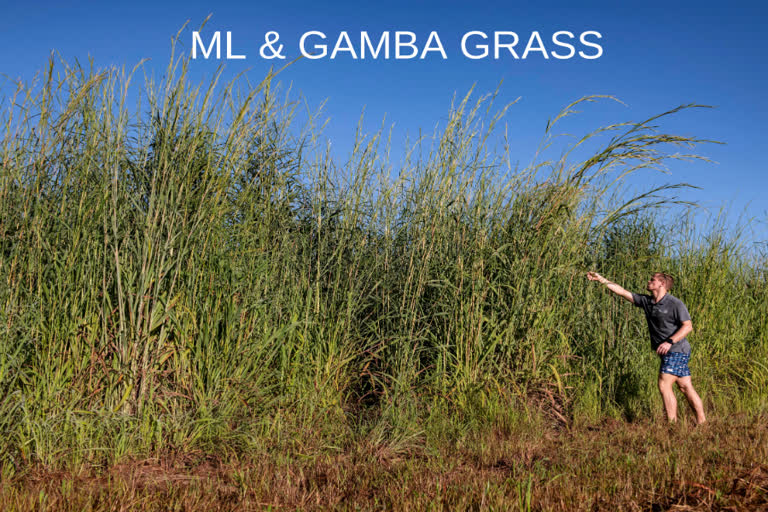CSIRO, Australia: The perennial Gamba grass, originally from Africa, is listed as a Weed of National Significance and is one of five introduced grass species that pose extensive and significant threats to Australia’s biodiversity. This can grow up to as tall as 4 meters. In the dry season, it can pose threat and lead to hot fires. Moreover, Northern Australia is so vast that the on-the-ground mapping and even airborne detection of the weed becomes too labor-intensive.
So, the researchers at CSIRO turned to high-quality satellite imagery and developed a technique that could help detect and prioritize gamba grass for management. This was done by using field data to train a machine learning model.
Dr. Shaun Levick from Australia’s national science agency, CSIRO, said, " “Under optimum conditions, our method can detect gamba grass presence with about 90 percent accuracy.”
WorldView-3 satellite was used to capture very high-resolution imagery across 16 spectral bands for an area of 205 square kilometers near Batchelor in the Northern Territory – an area of dense gamba grass infestation.
“We knew that gamba grass tends to stay green longer into the dry season than native grasses, so we timed the capture of the satellite imagery for this period,” Dr. Rossiter-Rachor of Charles Darwin University said.
“Understanding the ecology of the problem was essential for informing the remote sensing and machine-learning solution to the problem.”
“Our longer-term goal is to move to a system where we can use free, open-access imagery to map gamba grass. We want to develop a technique that is accessible to anyone and that can help improve land management in northern Australia,” Dr Levick said.
“Mapping gamba grass using satellite imagery unlocks the potential to frequently map large areas so we can get a better picture of where gamba grass is across northern Australia, and how quickly it is spreading,” Dr. Setterfield from The University of Western Australia said.
“Managers can then target areas that are the highest priority for control, such as biodiversity-rich areas or culturally important sites.”
Also Read: COVID-19: CALD Assist App for non-English speaking communities



